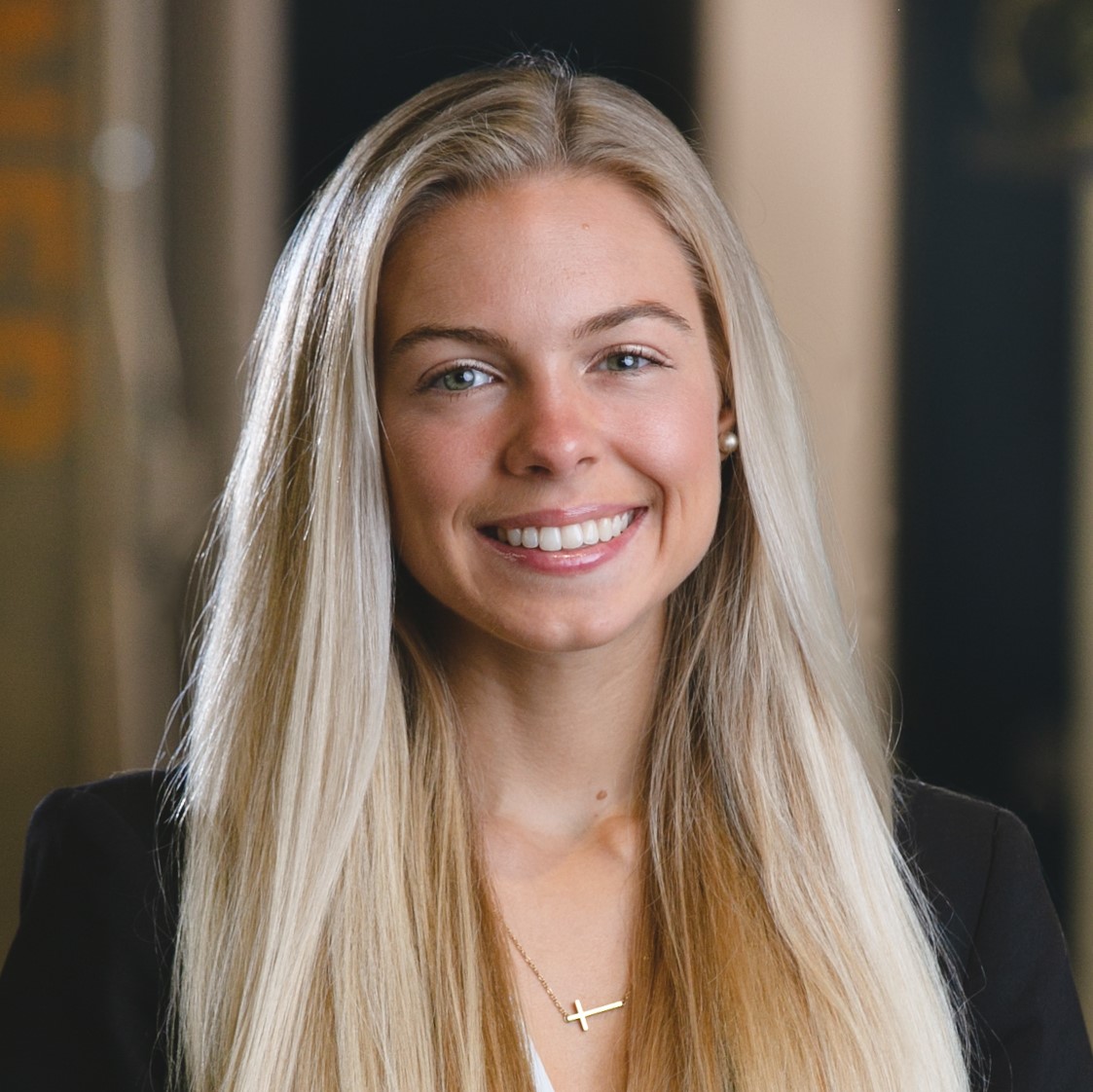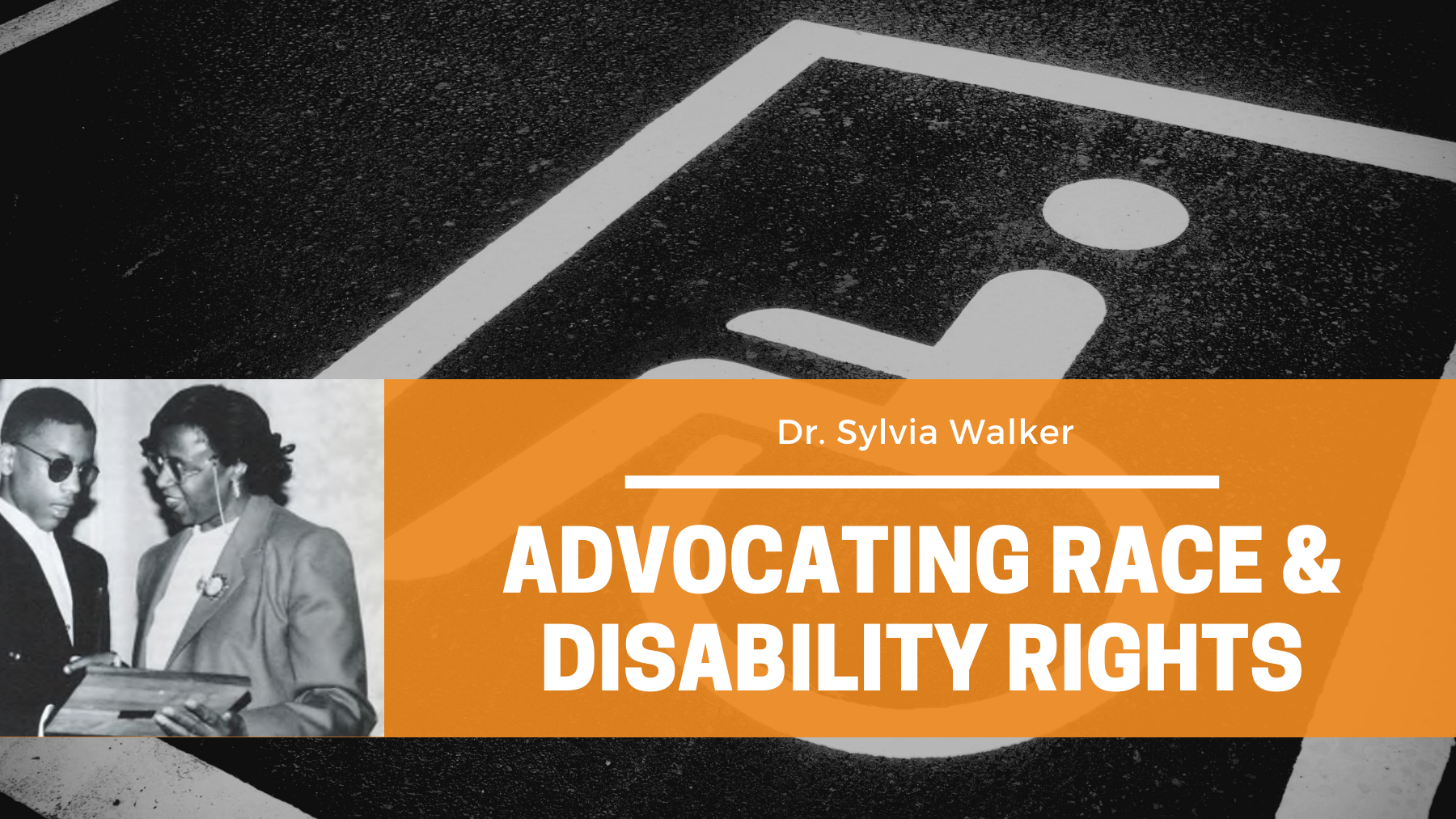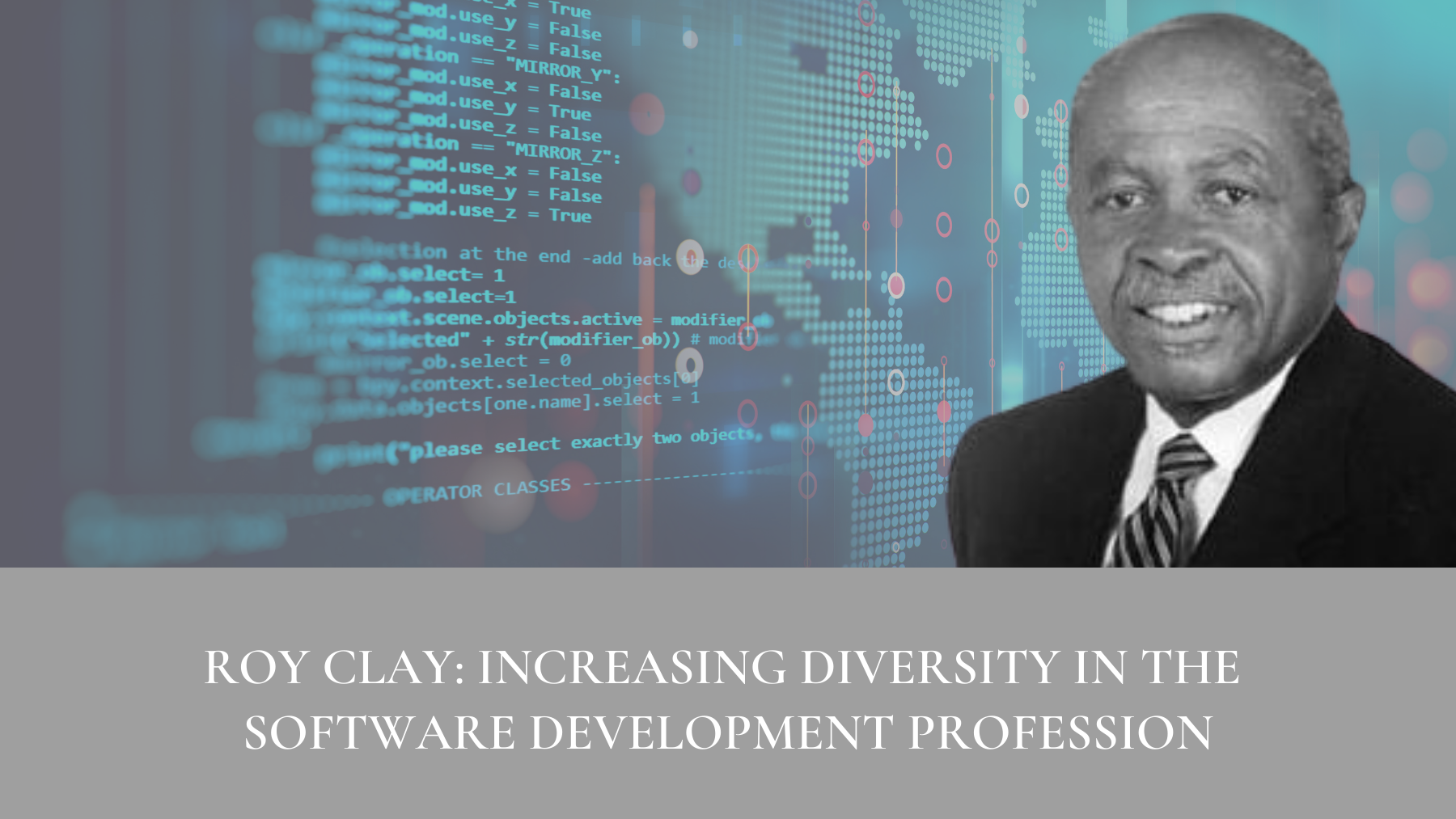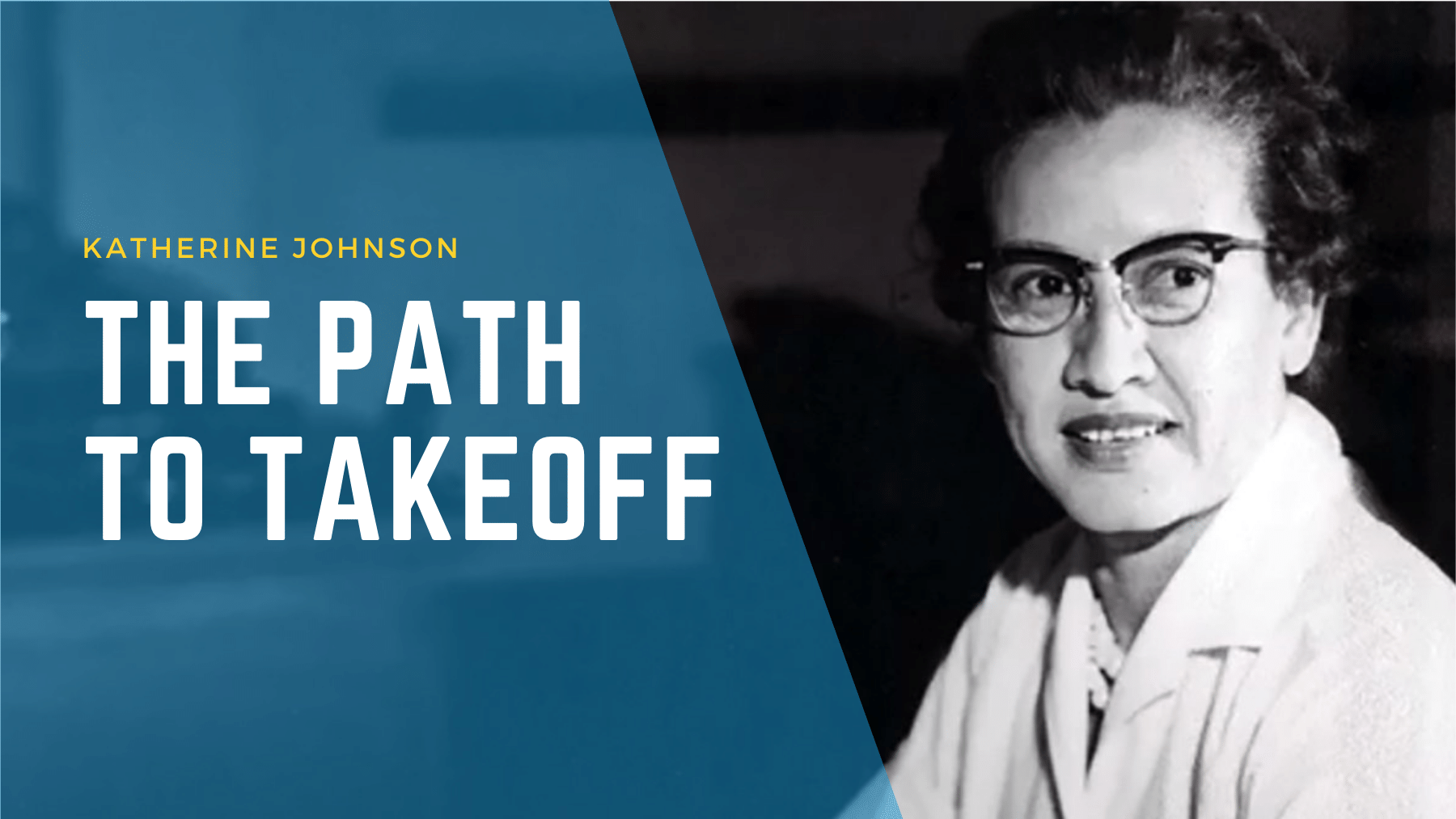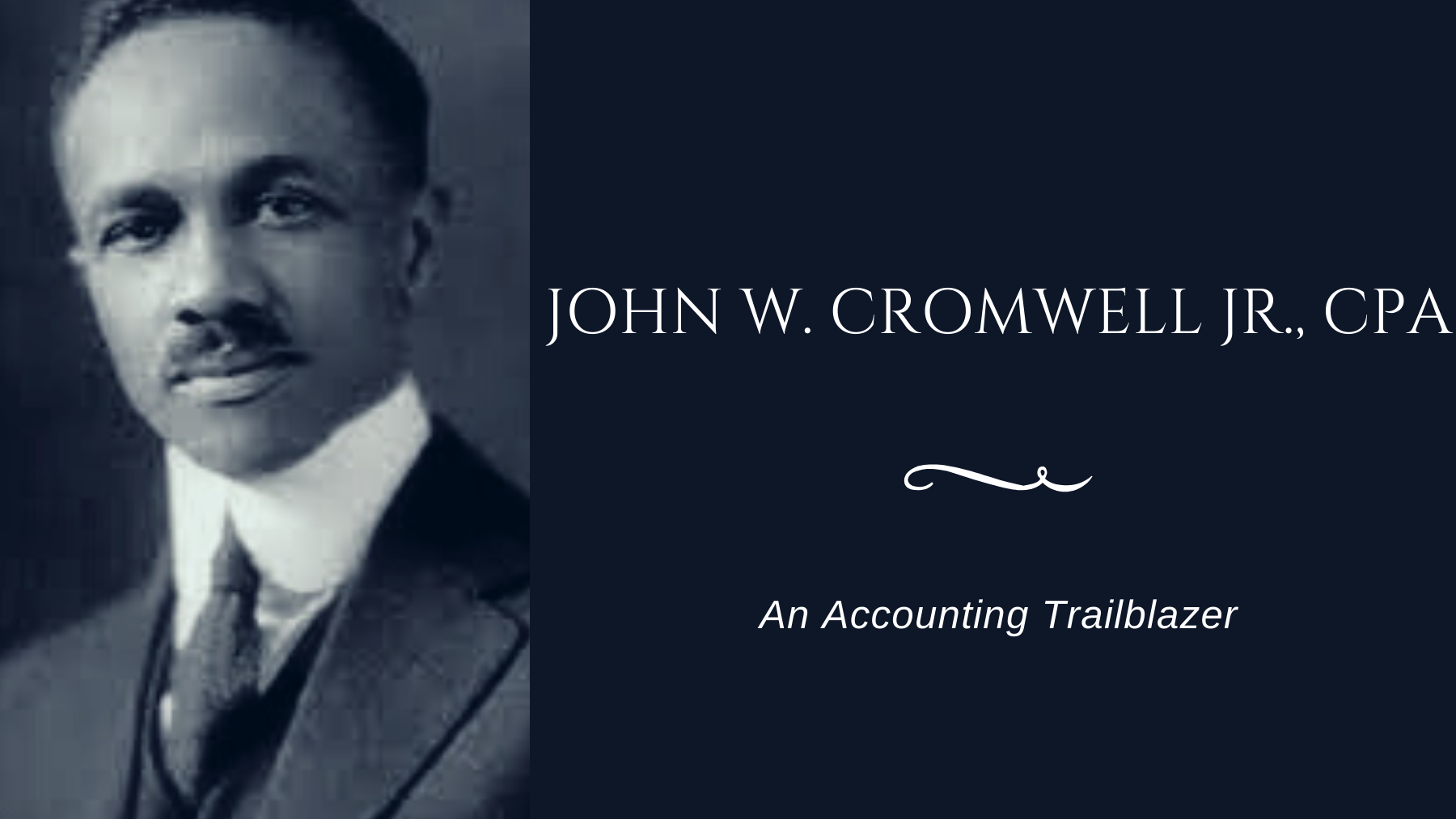
Vault is committed to building a diverse and inclusive workspace where employees are empowered and encouraged to bring their whole self to work. In honor of Black History Month, we are looking back at the history of the vibrant African American community in Washington, D.C. The community continues to electrify the culture of our federal capital and by extension, the nation.
When Washington, D.C. became the capital of the United States, the population of the city was around 30% African American. For the next 70 years, D.C. evolved into a city of contradiction: as both a hub for slavery and slave trade and of abolitionist activism.
On April 16, 1862, Congress passed the District of Columbia Emancipation Act, making Washingtonians the first freed in the nation, nine months before President Abraham Lincoln issued the Emancipation Proclamation in January 1863. With this act, 3,100 slaved were free in the District.
Washington, D.C. became a nucleus of African American commerce and culture beginning with the Great Migration when the city saw an influx in African American’s moving north from Virginia and the Carolinas. By 1950, D.C.’s population was more than 50% black.
The marks of segregation were prevalent, even in a city that was a majority black. Music, art, theatre, and food emerged from the black communities centralized in the neighborhoods of U Street, Shaw, LeDroit Park, and Anacostia. These neighborhoods became refuges where black businesses grew and succeeded in serving the marginalized community.
In the northeast region of the city, anchored by Howard University, and extending up the U Street corridor, a cultural mecca of black theatre, art, and music emerged. Before the Harlem Renaissance began, Black culture was thriving in D.C.’s U Street corridor. The area was frequented by icons of the Harlem Renaissance and the jazz age.
Jazz musician, Duke Ellington, was born in D.C. and was raised on 13th street near what would become the hopping center of black business and jazz music, today remembered as Black Broadway in D.C. Before his debut and fame in New York City, Ellington was known to frequent clubs along the U Street corridor.
Poet Langston lived with his family in several rooms that they rented on S Street beginning in 1924, up until the time that he published his first book of poems in 1926. Hughes went on to become one of the most famous poets of his time and a primary figure in the Harlem Renaissance of the 1920s.
America’s biggest stars, Cab Calloway, Pearl Bailey, Louis Armstrong, Sarah Vaughan, Billie Holiday, Nat King Cole, and Ella Fitzgerald also played and sang up and down U Street from the Howard Theatre to the Lincoln Theatre and at jazz houses in-between.
Black Broadway was tragically diminished after desegregation. The black community gained access and began to patronize a variety of businesses, many which were white, reducing support for the historically safe black spaces that had been carved out on U-Street.
Across the city, the 1970’s saw the emergence of a new musical genre: DC’s go-go music. Its beginnings can be traced to the Edgewood neighborhood in Northeast DC. Go-go integrates jazz, R&B rhythm and gospel call-and-response. It became popular among teenagers out of the strong marching programs across D.C. high schools. The talent of these young musicians extended and morphed into the communal experience of go-go.
African American communities in DC continued to grow, peaking in 71% in 1970. By this time, D.C. was the largest community of African American’s outside of Harlem. The population then fell below 50% by 2011 and today stands at 44% black.
While D.C. is known today for fine dining establishments and Michelin starred restaurants, soul food was once a prevalent offering that demonstrated the black community’s influence on the city.
The longevity of Ben’s Chili Bowl the U Street neighborhood is the result of not only it’s secret recipe, but also the political role that it played in civil rights. In the wake of Martin Luther King Jr.’s assassination and the race riots that gripped the country, Ben’s Chili Bowl stayed open to serve protesters and first-responders, alike. Co-founder Virginia Ali, who started the restaurant with her husband, still comes in every day.
Busboys and Poets, established in 2005, celebrates the American poet Langston Hughes, who worked as a busboy at the Wardman Park Hotel in the 1920s, prior to gaining recognition as a poet. The founder established the restaurant as a community gathering place for activism and social change. They serve up a variety of vegan options and dishes inspired by the African diaspora such as their famous sweet potato pancakes.
Today, D.C. is also home to many African immigrants and members of the African diaspora through the Caribbean. The District hosts the second largest community of African immigrants after New York City. In D.C. and the surrounding areas, the largest populations are Nigerians and Ghanaians. “Little Ethiopia” emerged in the center of the District, in the Shaw neighborhood. Ethiopian restaurants and shops are prominent throughout the area.
The convergence of soul-food influences and African flavors also produced mumbo sauce, a popular sticky-sweet condiment not only found in soul-food restaurants, but also in fine dining establishments across the city.
Experimental music, pioneering theatre, soul-food, and social activism emerged from the resilient community of African Americans in Washington, D.C. The robust community marked the energy of life in D.C., carving out unique communities which brought progress, not only to American politics, but also to American culture. Eyes continue to watch our capital city as it grapples with race relations throughout history, and sets the tone for celebrating black history.
Sources
- https://emancipation.dc.gov/page/ending-slavery-district-columbia
- https://savingplaces.org/guides/explore-washington-dc-black-broadway
- https://en.wikipedia.org/wiki/Demographics_of_Washington,_D.C
- https://blackbroadwayonu.com/
- https://washington.org/visit-dc/gogo-music
- https://time.com/wp-content/uploads/2015/01/bcb-full-history.pdf
- https://www.busboysandpoets.com/about/
- https://www.southernfoodways.org/searching-for-soul-food-in-the-once-chocolate-city/#:~:text=Washington%20attracted%20African%20Americans%20from,restaurants%20of%20the%20nation’s%20capital
